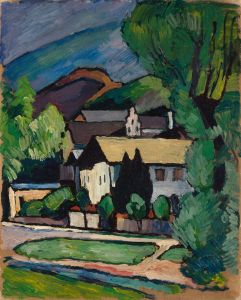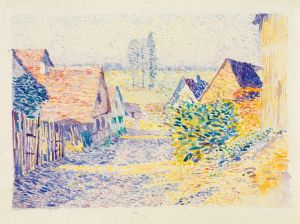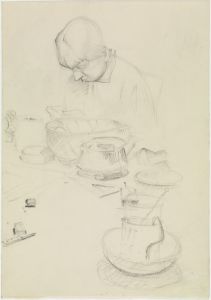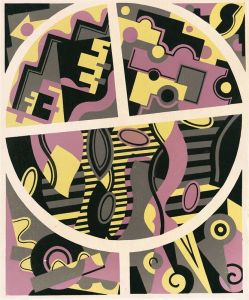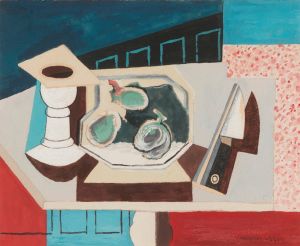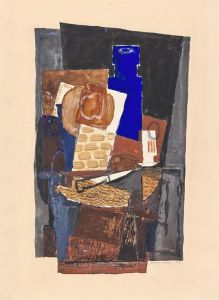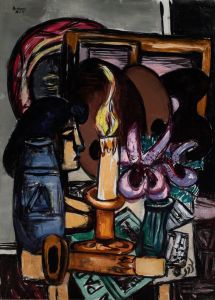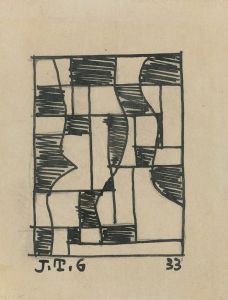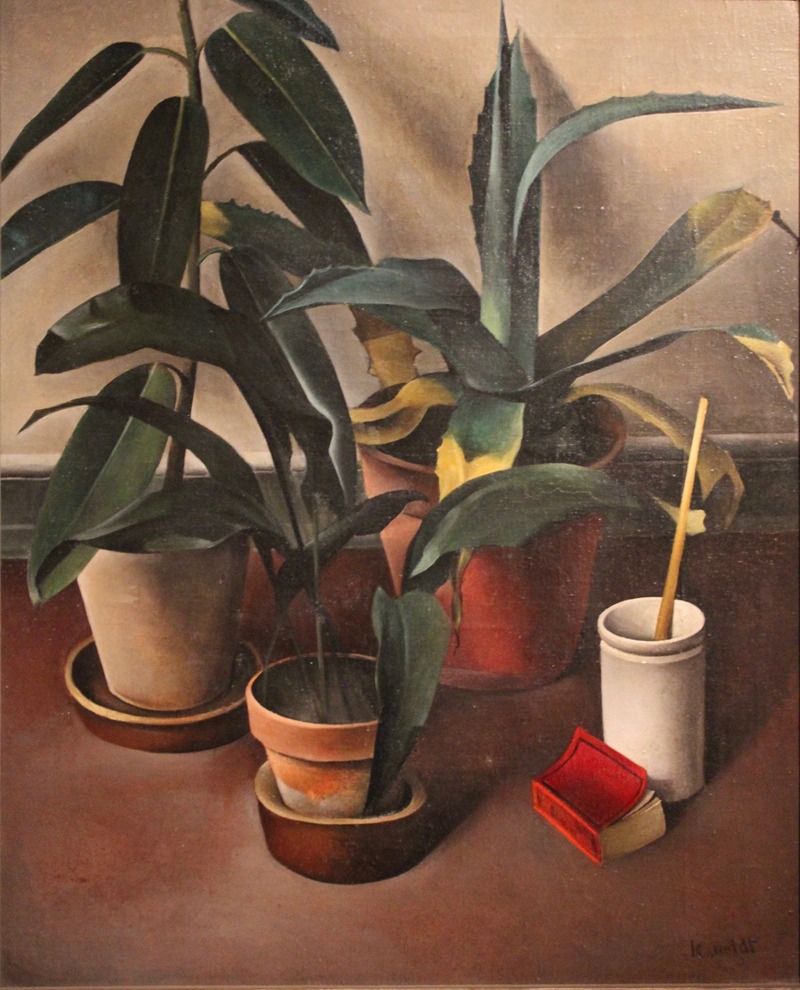
Still Life
A hand-painted replica of Alexander Kanoldt’s masterpiece Still Life, meticulously crafted by professional artists to capture the true essence of the original. Each piece is created with museum-quality canvas and rare mineral pigments, carefully painted by experienced artists with delicate brushstrokes and rich, layered colors to perfectly recreate the texture of the original artwork. Unlike machine-printed reproductions, this hand-painted version brings the painting to life, infused with the artist’s emotions and skill in every stroke. Whether for personal collection or home decoration, it instantly elevates the artistic atmosphere of any space.
Alexander Kanoldt was a prominent German painter associated with the New Objectivity movement, which emerged in the 1920s as a reaction against expressionism. His work is characterized by a precise, realistic style that often incorporates elements of still life, portraiture, and landscape. One of his notable works is "Still Life," which exemplifies the artist's meticulous attention to detail and his ability to imbue everyday objects with a sense of clarity and presence.
"Still Life" by Alexander Kanoldt is a quintessential example of the New Objectivity movement's aesthetic. This movement, known as "Neue Sachlichkeit" in German, sought to depict the world with a sense of detached realism, often focusing on the mundane and the ordinary. Kanoldt, along with other artists of this movement, aimed to present a clear-eyed view of reality, free from the emotional and subjective distortions that characterized expressionism.
In "Still Life," Kanoldt employs a precise and almost photographic realism. The composition typically features a carefully arranged set of objects, such as fruits, vases, or everyday household items. These objects are rendered with sharp lines and a smooth application of paint, creating a sense of solidity and permanence. The use of light and shadow in the painting is subtle yet effective, enhancing the three-dimensionality of the objects and giving them a tangible presence.
Kanoldt's choice of objects in his still lifes often reflects a modern sensibility, with an emphasis on simplicity and functionality. This aligns with the New Objectivity's focus on the contemporary world and its rejection of romanticized or idealized subjects. The objects in "Still Life" are not merely decorative; they are depicted with an almost clinical precision that invites the viewer to consider their form, texture, and materiality.
The background in Kanoldt's "Still Life" is typically understated, allowing the objects to stand out in stark relief. This compositional technique draws the viewer's attention to the interplay of shapes and colors within the arrangement, highlighting Kanoldt's skill in balancing visual elements to create a harmonious whole. The muted color palette often found in his still lifes contributes to the overall sense of calm and order, reinforcing the painting's contemplative quality.
Kanoldt's work, including "Still Life," reflects the broader cultural and social context of post-World War I Germany. The New Objectivity movement emerged during a time of significant upheaval and change, and its artists sought to engage with the realities of modern life. Through his still lifes, Kanoldt captures the essence of this period, offering a window into the everyday experiences and material culture of the time.
In summary, Alexander Kanoldt's "Still Life" is a masterful example of the New Objectivity movement's principles. Through his precise and realistic depiction of ordinary objects, Kanoldt invites viewers to engage with the material world in a thoughtful and considered manner. His work remains an important contribution to the history of modern art, reflecting both the aesthetic and philosophical concerns of his era.





